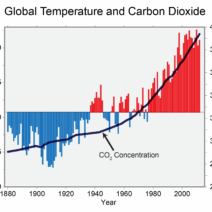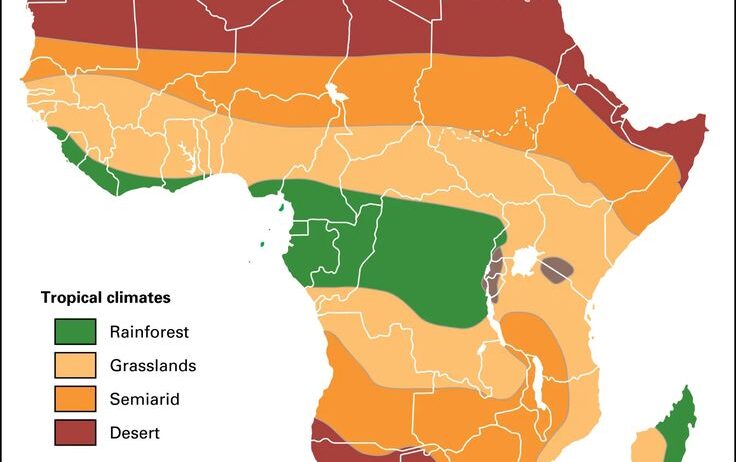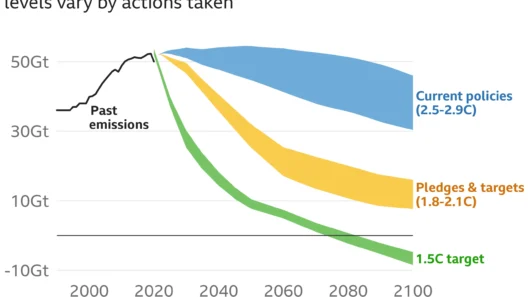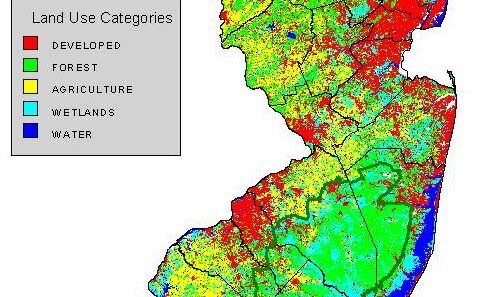The African continent is a sprawling tapestry of diverse climate zones, each exhibiting unique weather patterns influenced by an array of geographical and environmental factors. With its vast expanse, Africa is home to myriad ecosystems ranging from arid deserts, lush rainforests, to temperate regions. This climatic variability offers a compelling insight into the complexity of weather phenomena and the intricate web of life that flourishes in response.
To understand the climate in Africa, it is essential to recognize that the continent is subdivided into several distinct climatic regions: the desert, semi-arid, tropical, subtropical, and temperate zones. Each of these regions is characterized by specific temperature ranges, precipitation levels, and seasonal changes that dictate the flora and fauna present.
Beginning with the Sahara Desert, which dominates the northern portion of the continent, this region is one of the most iconic representations of extreme conditions. Covering approximately 9.2 million square kilometers, the Sahara is characterized by its arid climate, receiving minimal annual rainfall, often less than 250 millimeters. Temperatures can soar to staggering highs during the day, often exceeding 40 degrees Celsius (104 degrees Fahrenheit), while nights can be surprisingly cool due to the lack of thermal retention from the earth’s surface. This stark contrast creates a challenging environment for life, yet remarkable adaptations can be witnessed in species such as the fennec fox and various cacti that thrive under these conditions.
Transitioning southward, the Sahel region serves as a transitional zone between the Sahara and the more fertile grasslands. This area experiences a semi-arid climate, with rainfall ranging from 250 to 600 millimeters annually. The wet season is typically brief, lasting only a few months, but during this time, the landscape transforms into a vibrant tableau of life. However, the irregularity of rainfall has dire implications; droughts can decimate agricultural productivity, fostering food insecurity and forcing communities to adapt to the whims of an inconsistent climate. The Sahel exemplifies the adaptability of both people and ecosystems in the face of adversity.
In stark contrast to the barrenness of the northern regions, the tropics envelop much of central and western Africa, where a lush, verdant tapestry of rainforests flourishes. Countries like the Democratic Republic of the Congo boast some of the highest biodiversity on the planet, supported by the humid, tropical climate that provides abundant rainfall—averaging between 1,500 to 2,500 millimeters per year. Here, temperatures consistently hover around 25 to 30 degrees Celsius (77 to 86 degrees Fahrenheit), creating a paradisiacal milieu for flora and fauna. However, this vibrant ecosystem faces threats from deforestation and climate change, which elicits an urgent need for conservation efforts.
Further southeast, the savannah landscapes of East Africa, particularly in regions like Kenya and Tanzania, delineate a unique climatic pattern. The savannah climate is characterized by distinct wet and dry seasons, with annual rainfall varying between 500 to 1,500 millimeters. The dry season fosters an environment conducive to migratory patterns among wildlife, such as the Great Migration of wildebeests and zebras across the Serengeti, drawing global attention and underscoring the significance of these climatic rhythms on biodiversity.
The coastal areas of Africa exhibit their own unique climates, influenced by the proximity to the ocean. Regions such as the Mediterranean coast in the north experience a Mediterranean climate typified by hot, dry summers and mild, wet winters. This climate not only supports an array of agricultural pursuits—such as olive and citrus cultivation—but also contributes to the biodiversity found in these regions. Conversely, the southernmost tip of the continent, encompassing the Cape Town area, experiences a cool, temperate climate marked by winter rainfall. The biodiversity hotspot of the Cape Floral Region exemplifies the importance of diverse climatic conditions in fostering varied ecosystems.
In addition to the natural factors that dictate climatic variations, human activity adds complexity to the climate narrative in Africa. The continent faces the pressing challenges of climate change, which exacerbates existing vulnerabilities. Increased temperatures, erratic rainfall patterns, and increased frequency of extreme weather events such as droughts and floods pose grave threats to agricultural productivity, water resources, and overall human security.
This interplay of diverse climates creates a fascinating dynamic that not only piques curiosity but also underscores the profound relationship between climate and human civilization. Indigenous communities have thrived for centuries, often developing intricate knowledge systems that enable them to navigate and adapt to their local climatic conditions. In many cases, traditional ecological practices are now being recognized as valuable tools in mitigating the impacts of climate change.
The rich climatic diversity of Africa is a testament to the continent’s complexity. Understanding these varied climates is vital for addressing the numerous socio-economic and environmental challenges that arise. As awareness of climate change continues to grow, it becomes imperative to advocate for policies that promote environmental sustainability, support resilient agricultural practices, and protect the fragile ecosystems that define the African landscape.
In conclusion, the climate of Africa, with its myriad weather conditions, invites both fascination and concern. From the scorching deserts in the north to the humid jungles in the center, and the delicate savannahs in the east and the temperate regions in the south, Africa’s climate is as diverse as its people and wildlife. Navigating these complexities requires respect for the profound interconnections between the environment and human existence, underscoring the necessity of collaborative global efforts to ensure a sustainable future for this remarkable continent.








